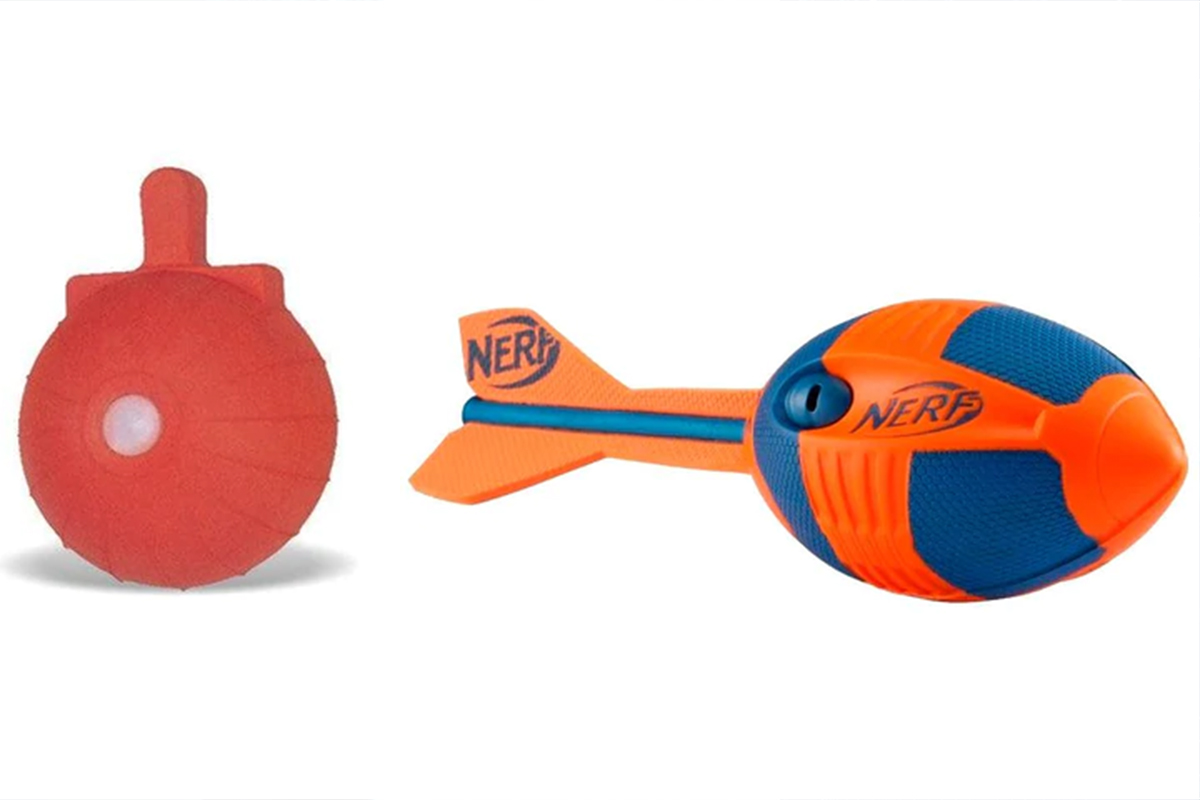The javelin throw is a delight to watch in athletic competitions in the Olympics or Commonwealth games. The sport requires stamina, focus, and determination. Regular practice can improve your knack for throwing and helps you grow as an athlete if you want to give it a try.
It’s better to understand Javelin first. In this blog, we have highlighted the critical aspects of the sport.
Let’s have a look.
What’s Javelin throw?
The javelin throw is a track and field event in which a light-weight spear is thrown by hand to a certain distance. The javelin athletics equipment (spear) is around 2.5 meters long, but it varies in size according to your age and gender.
Javelin Throw Rules
There are some essential rules that an athlete should keep in mind while throwing the Javelin.
1. The rules of the javelin have been redefined in terms of size, shape, weight and centre of gravity.
- Men’s: Javelin should weigh at least 800 g and be 2.6-2.7 m
- Women’s: Javelin should weigh at least 600 g and be 2.2-2.3 m
2. The javelin should be held tightly from the grip and thrown overhand over the athlete’s shoulder or upper arm.
3. The technique used to throw the javelin should follow some rules regulated by the IAAF.
4. Javelin throwers have to cover a runaway of 4m wide and 36.5m long. This runaway aims to acquire momentum before throwing the javelin. Once it has reached, the distance is measured.
5. The javelin must be thrown towards a sector measuring an angle of approximately 29 degrees, and the arc should extend outward (25m) at the very end.
6. Once the tip of the javelin lands within this sector, it the throw will be counted. Moreover, its tip should hit the ground first before any other part.
7. Each competition has three to six rounds, and one round allows only one throw.
8. After every round, the athlete who throws the spear to the longest distance is declared the winner. If there is a tie, the second-longest distance is considered.
9. There is a foul if any of your body parts touch any lines.
How to throw the Javelin
There are some tips for throwing Javelin. In this section, we will cover them and help you understand better.
- Ensure the head and the body doesn’t get affected by the position in which the javelin is held. When you are ready to throw the javelin, your whole body tips back with it.
- Move your hips forward as you throw.
- A Nockenball is training equipment used by many javelin throwers. It improves arm speed, strength and throwing distance. Ensure to purchase one as per your body weight and strength. The ball should be around 600 g for women and 800 g for men. Start slowly and carefully. After feeling comfortable, you will see the difference in meters once you throw the javelin.
- Instead of moving your front arm, then chest and throwing arm all at the same time. Practice moving every body part simultaneously.
Javelins and Equipment

Javelin Spear
As per the athlete’s development, Javelin’s weights vary. In today’s time, javelins are made from steel, aluminium or aluminium alloy. Javelin’s construction should follow the IAAF’s rules. The Javelin has a head, shaft and chord grip.
Other Javelin Equipment
Weight Throwing Shoes: These shoes are specially designed for events like javelin throw so that each competitor can perform safely, comfortably and effectively. They are designed with a robust rubber outsole and centrifugal flex groove that provides fast rotations and extra support. Moreover, these shoes are tear-resistant and have excellent durability in extreme weather conditions.
Different styles of throwing or rotational shoes of reputed brands are available, such as Nike, Saucony, ASICS, etc.
Some of the shoes are sturdy and provide more support to the ankle, whereas others are flexible and lightweight. Everything depends on your choice and comfort, whatever suits you best.
- Rubber tips: These are placed at the point of the javelin for safety reasons.
- Indoor tips: They are softer and used in indoor competitions for protecting floors and walls.
- Outdoor tips: They are used on grass fields.
How to choose a Javelin
Athletes prefer the best javelin for their competitive events. Javelins have different ratings depending on their manufacturer. As per these ratings, athletes come and buy the javelin suited to their throwing style.
Different Ratings for Javelins
Javelin Distance Rating
In this system of rating, javelins are marked by 30m, 40m, 50m, etc.
Javelin Flex Ratings
These ratings work by placing the javelin on two flat surfaces, mounting a weight on the javelin’s centre, and noticing the movement in it.
Which Javelin to buy?
Javelins are categorized into two types: Competition javelins or Training javelins.
Competition Javelins
Competition javelins are chosen based on an athlete’s technique, and ability. Each type of javelin is made of either carbon or steel. Carbon javelins are preferred by the world’s best throwers and multiply their medal counts.
However, there are certain athletes who prefer steel javelins to achieve outstanding performance.
Training Javelins
Training javelins are identified by a high flex number. They are optimum for beginners to javelin throwing or tracks with multiple throwers participating in the event, such as school sports day.
Check the online reviews of various athletic equipment providers and choose the one with excellent rating.



